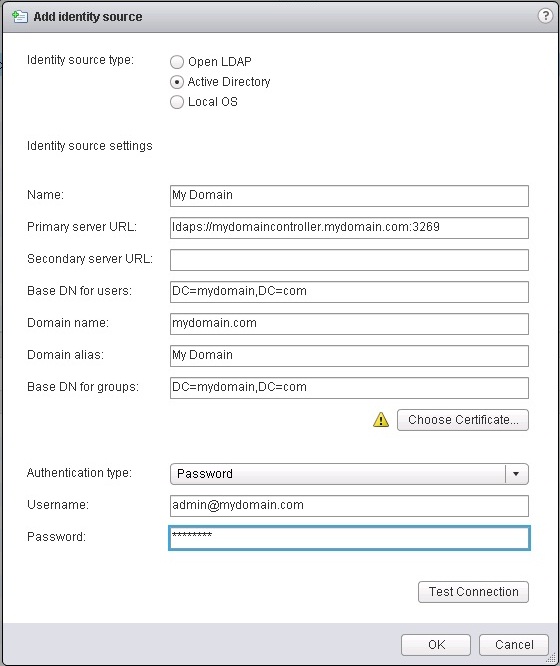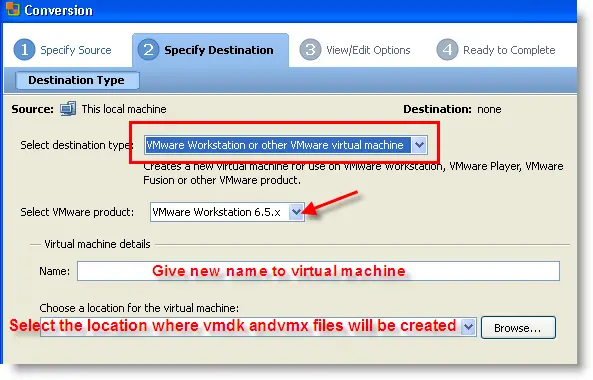
- #Vcenter converter standalone 5.5 download how to#
- #Vcenter converter standalone 5.5 download install#
- #Vcenter converter standalone 5.5 download update#
- #Vcenter converter standalone 5.5 download password#
#Vcenter converter standalone 5.5 download install#
#Vcenter converter standalone 5.5 download password#
#Vcenter converter standalone 5.5 download update#
Mount the ISO image to your VM which should start the VMware vCenter Installer, select “ vSphere Update Manager” and click on Next.Finish the configuration and now we’re ready to actually install VUM!įor this install I used the latest ISO currently available at the time of writing this (VMware-VIMSetup-all-5.5.0-1750795-20140201-update01.iso).From the default database drop down menu select the name of your VUM database and click Next.Leave the default “ with Integrated Windows Authentication” selected and click on Next.Give the new data source a name, description and lastly enter the name of your SQL database server and click Next.From the list of data sources, select SQL Server Native Client and click on Next.Click on the System DSN tab and then click on Add.


That should create the databases needed with the correct permissions. * Change login name to VUM service account */ĮXEC('CREATE LOGIN FROM WINDOWS')ĮXEC sp_grantdbaccess 'domain\service-account-name'ĮXEC sp_addrolemember db_owner, 'domain\service-account-name'ĮXEC('ALTER AUTHORIZATION ON DATABASE::"VUM" TO ') * Creates VMware Update Manager database. To automate the creation of the database I used ran the following script on the database server, be sure to replace “domain\service-account-name” with your own domain and service account username. Since we already have our vCenter SQL database on it’s on VM (not installed on the vCenter server), I’m going to use the same database server to also run the VMware Update Manager database as well.
#Vcenter converter standalone 5.5 download how to#
Since we was going to have to rebuild Update Manager I opted to move from Windows Server 2008 to Windows Server 2012, in the steps below I’ll document step by step how to install VMware Update Manager 5.5 on Server 2012 and a separate database.Ĭreating the VMware Update Manager database Recently we had some pretty serious array issues which corrupted the VUM database taking Update Manager down. It’s a wonderful tool and makes upgrading and patching so much easier and allows you to quickly see how compliant/up-to-date your environment is with the built in pie graph.

If you don’t already know, VMware Update Manager (aka, VUM) is a tool which allows you to easily automate patching and upgrading VMware hosts as well as virtual machine hardware and VMware tools.


 0 kommentar(er)
0 kommentar(er)
